| Structure | Name/CAS No. | Articles |
|---|---|---|
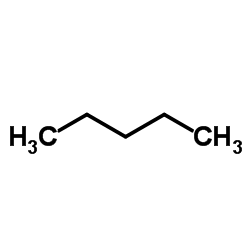 |
Pentane
CAS:109-66-0 |
|
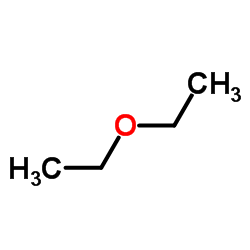 |
Diethyl ether
CAS:60-29-7 |
|
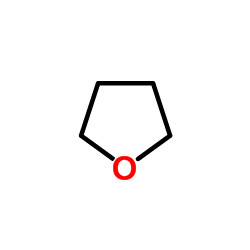 |
thf
CAS:109-99-9 |
|
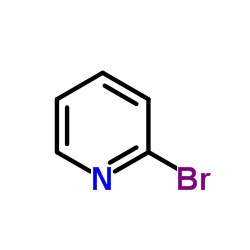 |
2-Bromopyridine
CAS:109-04-6 |
|
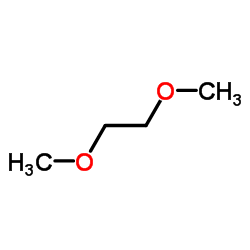 |
1,2-dimethoxyethane
CAS:110-71-4 |